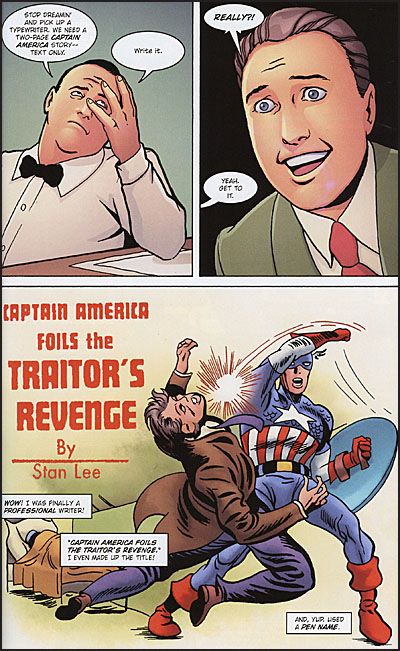 The release of a comic book memoir of Stan Lee—co-written by Peter David, another notable Spider-Man writer—makes it an appropriate time to look at what comic book writers were up to before they were coming up with new adventures for the wall-crawler. How did they get their feet in the door?
The release of a comic book memoir of Stan Lee—co-written by Peter David, another notable Spider-Man writer—makes it an appropriate time to look at what comic book writers were up to before they were coming up with new adventures for the wall-crawler. How did they get their feet in the door?
It’s an eclectic group. Two were roommates. A few worked on fanzines. Some were editors. One guy was a music critic. Two were published artists who realized that there was much more demand for their talents as writers.
Let’s start with the obvious…
Stan Lee
He’s told the story often about how he decided to create the Marvel Universe, when disappointed with the quality of the comics on the market in the 1950s.
I wanted to quit at that time. I was really so bored and really too old to be doing these stupid comic books; I wanted to quit. I was also frustrated because I wanted to do comic books that were—even though this seems like a contradiction in terms—I wanted to do a more realistic fantasy. Martin wouldn’t let me and had wanted the stories done the way they had always been done, with very young children in mind. That was it.
My wife Joan said to me, “You know, Stan, if they asked you to do a new book about a new group of super-heroes, why don’t you do ’em the way that you feel you’d like to do a book? If you want to quit anyway, the worst that could happen is that he’ll fire you, and so what? You want to quit.” I figured, hey, maybe she’s right. That’s why I didn’t want to do the Torch and the Sub-Mariner; I wanted to create a new group and do them the way I had always wanted to do a comic book. That’s what happened.
But at that point he had been in the industry for over two decades, starting with a small text piece in CAPTAIN AMERICA #3. He first got a job at Marvel because his cousin Jean was married to publisher Martin Goodman. So, he was that guy who got the job because of familial connections. If this makes him seem less impressive, he made up for it a few years later by convincing a model to leave her husband for him.
An aspiring novelist, he chose not to use his given name Stanley Lieber for his comics work, because he was worried that it might hurt his reputation, given the low status comics held in the culture hierarchy. He became so well-known for his comics work that it made more sense to just stay Stan Lee.
There were some jokes about whether Korean-American artists Jim Lee and Jae Lee were related to Stan Lee, but he did have one blood relative in comics. Fans asking about Jim and Jae might not have been aware of Lee’s real surname. Larry Lieber, the artist of AMAZING SPIDER-MAN Annual #4 and #5, and plenty of other comics, is Stanley Lieber’s younger brother.
Gerry Conway
It would be almost impossible for the guy who followed Stan Lee on Spider-Man to have a career in anything else before he became a comics writer. Conway’s first story was published in the DC Horror anthology HOUSE OF SECRETS when he was sixteen. He was nineteen when he started writing Spider-Man in MARVEL TEAM-UP, and twenty when he killed off Gwen Stacy and Norman Osborn. He is less than two years older than J. Michael Straczynski, who would write AMAZING SPIDER-MAN over forty years after Conway’s departure. Bob Gale, who wrote some major Spider-Man stories during the even more recent Brand New Day era, is an year older than Conway.
Len Wein
Len Wein entered the comics industry determined to be an artist. An Art Major in college, he soon realized that Marvel, DC and Gold Key preferred his writing.
He had some connections to his predecessor and successor on AMAZING SPIDER-MAN. He worked on fanzines with Marv Wolfman, who he got to know through frequent tours of DC Comics’ offices when they were both in high school. He was Gerry Conway’s roommate for a few years, and was offered right of first refusal for any books Conway had to drop, including WEREWOLF BY NIGHT, THOR, MARVEL TEAM-UP and AMAZING SPIDER-MAN.
Roger Stern
He was part of a group of Indianapolis based comics fans, who produced fanzines EPOCH and CPL (Contemporary Pictorial Literature), the latter being one of the first platforms to feature the work of John Byrne. Stern got to know the people involved with Marvel’s official magazine FOOM (Friends of Old Marvel) and became a frequent contributor, eventually becoming their head writer. That led to an offer for an open Assistant Editor’s position, which allowed him to pitch for Guardians of the Galaxy stories in MARVEL PRESENTS, and DOCTOR STRANGE, at the time not exactly prestige assignments.
 J.M. DeMatteis
J.M. DeMatteis
He was an aspiring musician and journalist, with a review in Rolling Stone.
In COMICS CREATORS ON SPIDER-MAN, DeMatteis explained his realization that music critic was not the best career for him.
They assigned me a Grateful Dead album to review. I didn’t really like the Dead, an opinion based more on the fans than the music. I had a lot of friends who were deadheads and they used to annoy me. This review was my chance for revenge, so it was really smug and obnoxious. ROLLING STONE later sent me all the mail they got about this review. All these people were so upet and so wounded. It was as if I had written something really, really terrible about their mothers. It was so deeply personal to these people, and that really upset me. That’s when I realized that I didn’t want to be the guy that’s reviewing stuff. I wanted to be the guy that’s getting reviewed. For years, whenever I’d get a smug and obnoxious review, I felt like it was some kind of cosmic repayment.
Tom DeFalco
Tom DeFalco worked his way up from mailroom to writer at Archie Comics, before moving on to Marvel.
I was originally hired by Archie Comics. I worked in their production department and Archie basically taught me how to make comics. I learned them from the ground up. Our first job was opening up the mail for Dear Betty and Veronica and eventually started doing proofreading, and then pay stubs, us putting the logos on covers, and making odd corrections. . .little spelling corrections; and eventually to reading scripts and editing scripts and working on the Archie Digest books. All of the years and all of the knowledge added up.
He’s one of the few Spider-Man writers who was offered AMAZING SPIDER-MAN without having worked on the character in a satellite book or mini-series. However, he had worked on a major Spider-Man character before, with two memorable Sandman stories in the pages of the Ben Grimm team-up title MARVEL TWO IN ONE. These set the stage for Sandman going in a less villainous direction, and recently appeared in a list of CBR readers’ ten favorite Tom DeFalco comics.
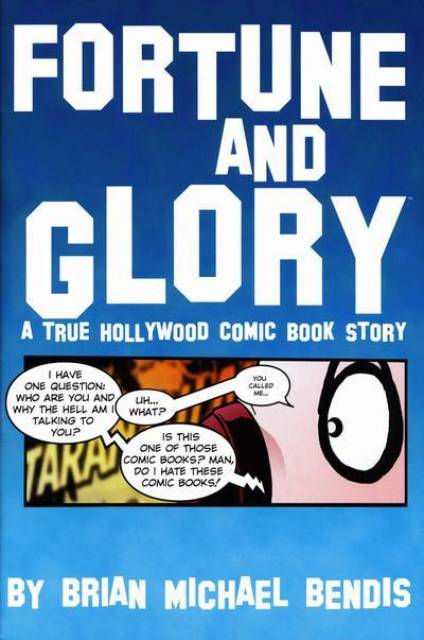 Brian Michael Bendis
Brian Michael Bendis
Bendis started as a writer/ artist on black and white comics, for the now defunct Caliber Comics, and then Image comics. His specialty was hardboiled crime. JINX was about a female bounty hunter and other unsavory types chasing after a large pile of money. GOLDFISH was a crime noir about a drifter trying to get his son back from his casino owner ex. TORSO, with cowriter Mark Andreyko, featured a clash between Eliot Ness—the guy who took down Al Capone—and a serial killer. FORTUNE & GLORY, a book with a different sensibility, was a memoir about his experiences in Hollywood.
His big break was the Spawn spinoff SAM & TWITCH with artist Alex Maleev, depicting homicide detectives in a world of superheroes, demons and monsters.
His first published work was a back-up story as artist for a Star Trek licensed comic. He seems pretty happy that he didn’t get pigeonholed as a licensed comics guy.
J. Michael Straczynski
Before he was the creator and showrunner of BABYLON 5, JMS had an eclectic career as a TV writer. He started in animation, as one of the main writers on HE-MAN AND THE MASTERS OF THE UNIVERSE, and THE REAL GHOSTBUSTERS. He soon joined the staff of the 1980s TWILIGHT ZONE revival, writing ten episodes during the third and final season. He would be a supervising producer on the Chuck Norris vehicle WALKER TEXAS RANGER, and a co-producer and writer of seven episodes of the Angela Lansbury series MURDER, SHE WROTE. So, it’s entirely possible that your parents and grandparents have seen some of his stuff.
Thomas Mets is an Education Masters student in New York City. He is also one of the moderators of the Spider-Man forum at Comic Book Resources. He grew up near Forest Hills Queens, and has been a fan of Spider-Man since coming across the character in the comic strip. He is well aware that other writers like Peter David, Mark Millar, Mark Waid, James Owsley/ Priest, and Dan Slott have interesting stories about what they did before they wrote Spider-Man comics, but that’s saved for a future entry.


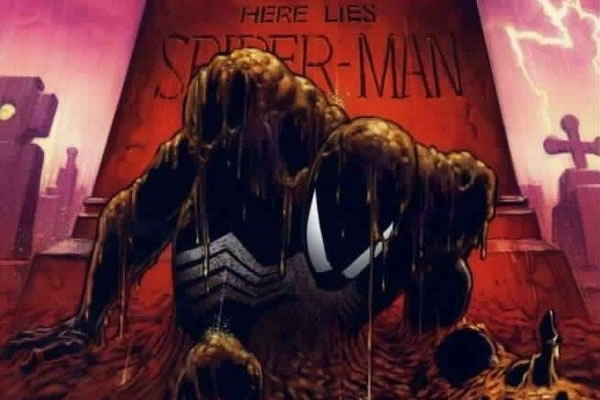
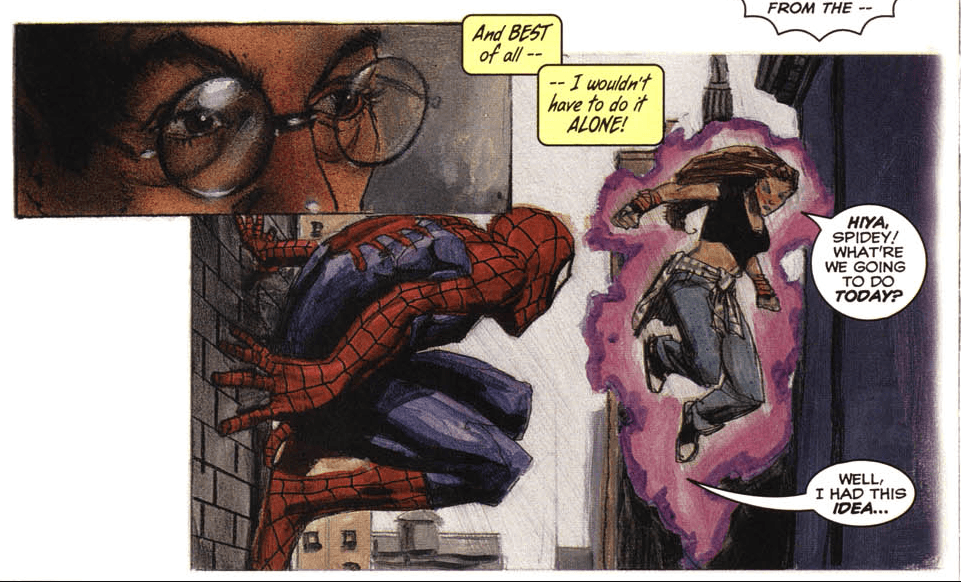
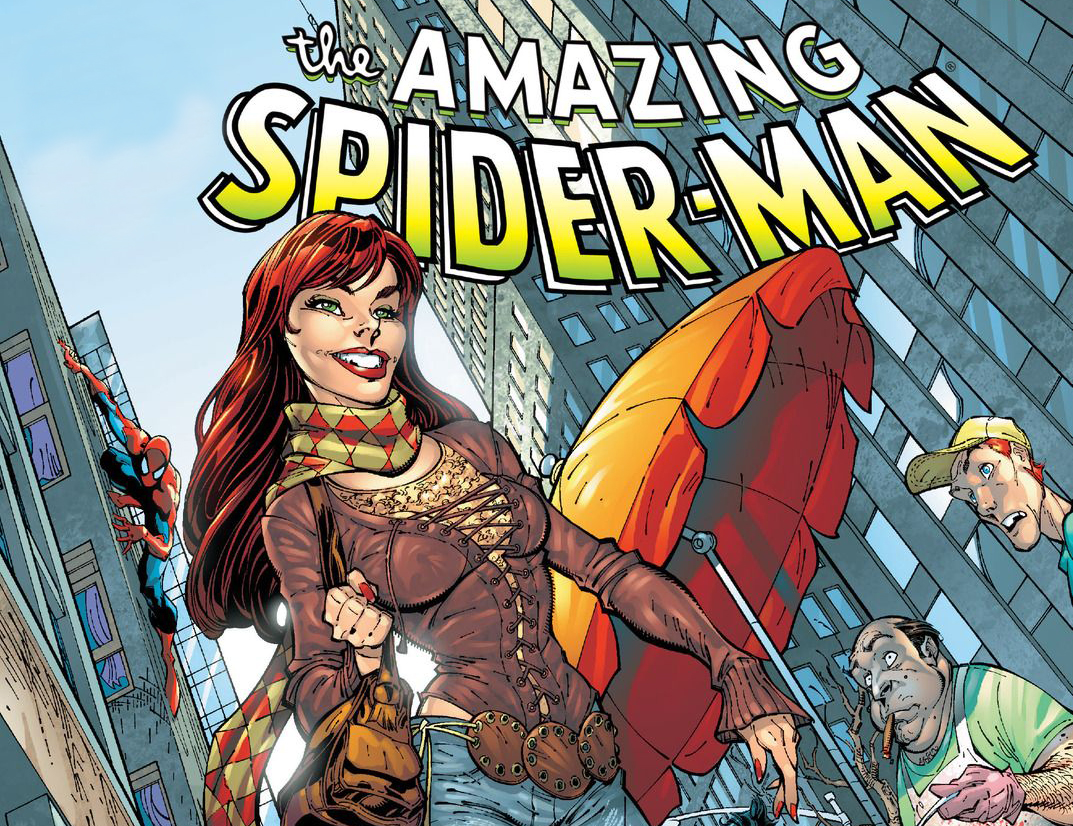





It is interesting to learn how so many comic book legends started writing comics. I especially enjoy the story about Stan Lee and how he took a chance to write the type of comics he wanted to. Finding a way to enjoy your work seems to really help a person feel a lot more validated in other aspects of their lives as well.